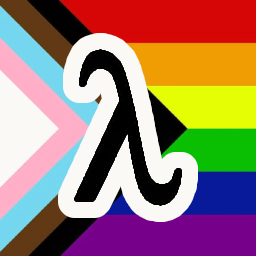This essay says that inheritance is harmful and if possible you should “ban inheritance completely”. You see these arguments a lot, as well as things like “prefer composition to inheritance”. A lot of these arguments argue that in practice inheritance has problems. But they don’t preclude inheritance working in another context, maybe with a better language syntax. And it doesn’t explain why inheritance became so popular in the first place. I want to explore what’s fundamentally challenging about inheritance and why we all use it anyway.



That makes sense for
str | int, but how is an enum a “sum type”?As for product types, in set theory a product of sets is a cartesian product. How is a
a product? What is it a product of? And why is the type itself a product, not
Dog x Cat? Or isDog x Catindeed some kind of product that I’m not aware of but with another syntax?Anti Commercial-AI license
Well what is an enum except a chain of
X | Y | Z | .... An enum can be any of its variants, and therefore the set of its possible values are just all possibilities of its variants added together.Consider this enum:
enum Foo { A, B(bool), }The possible values for
Aare just one:A. The possible values forBareB( true )andB( false ). So the total possible values forFooare simply these sets combined:AorB( true )orB( false ).As for product types, what it is the product is, is still the same: the sets of possible values. Consider the possible values for the product of
AandB. For every possible value ofA, a value could be made by matching it with any possible value ofB(so, multiplication). If there are 3 possible values ofA, and two possible values ofB, then the total number of possible combinations of these for the product type is 6.In your example,
Dogis a product ofu8, anotheru8, andString. If you decide to add a Boolean field to this type, accordingly the size of the set of options would double, because for every possibleDogyou currently have, two possibilities would be created, one with atrueand one with afalse.As for your last question, some languages might use
xas a product type syntax, but because tuples and structs are inherently product types, most languages use those as Syntax. For example in Haskell the product type ofDogandCatwould be written as(Dog, Cat).